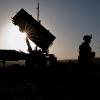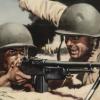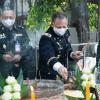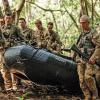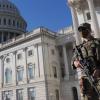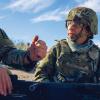No business is organized perfectly, not even the most tremendous fighting force in the world. By no fault of its own, the U.S. military is structured in a way that units of the same branch follow similar structural guidelines to perform tasks. By design, multiple branches will employ overlapping capabilities.
There are many reasons why this is done, but does it work for every branch, such as the Army’s air defense artillery (ADA)?
In short, it’s debatable. Enemy aerial capabilities are a threat to every service, requiring them to maintain air defense capabilities. However, the Army’s...


